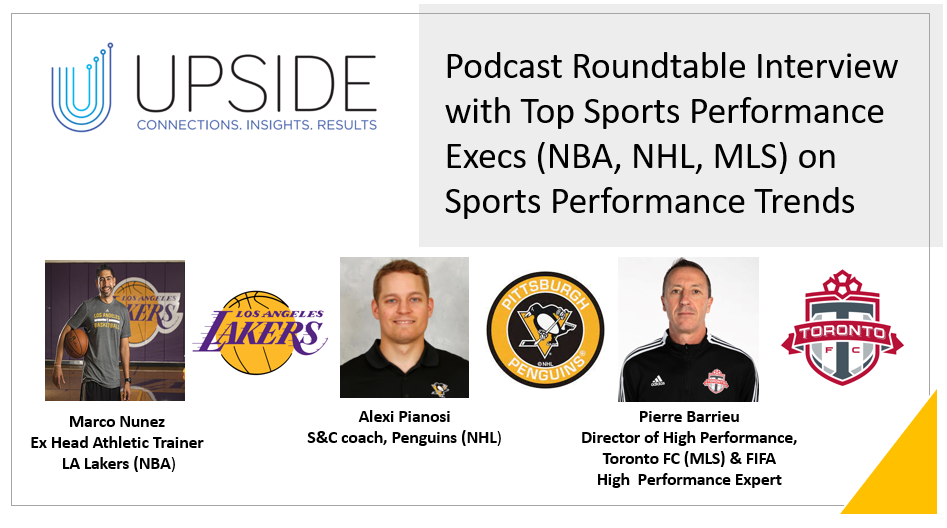This week we had the honor to interview a group of sports performance experts. Marco Nunez, former head athletic trainer for the LA Lakers (NBA). Pierre Barrieu, Director of high performance at Toronto FC (MLS) and FIFA High Performance Expert. Alexi Pianosi, Strength and conditioning coach for the Pittsburgh Penguins…
Share This Story, Choose Your Platform!
Total reviews
Persons recommended this product
Anonymous
Shopper
check_circle Verified
Shop owner replied
Anonymous
Shopper
check_circle Verified
Shop owner replied
Thanks for your review!
Your feedback helps us improve our service.
There are no reviews yet.
Be the first to review “ ”
Please log in to submit a review.
Don't have an account? Register here .
Only logged in customers who have purchased this product may leave a review



